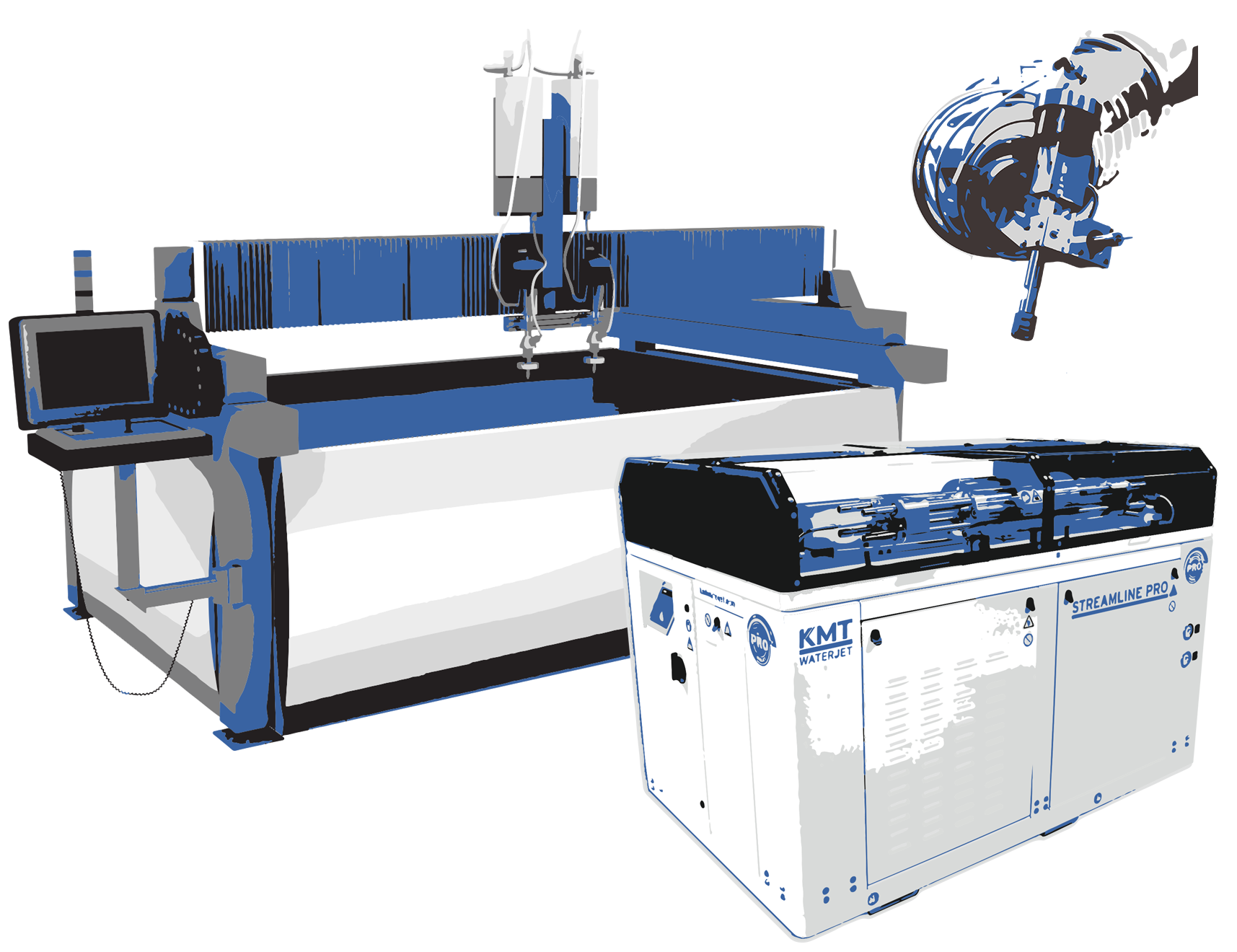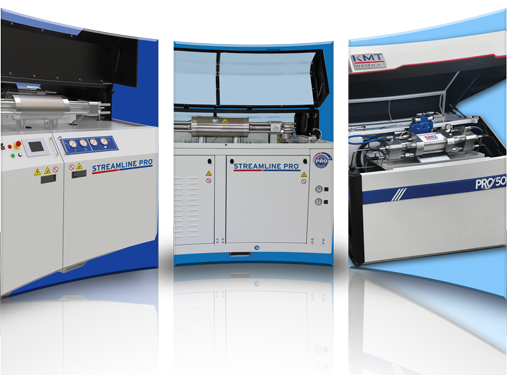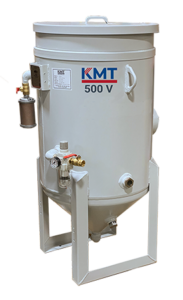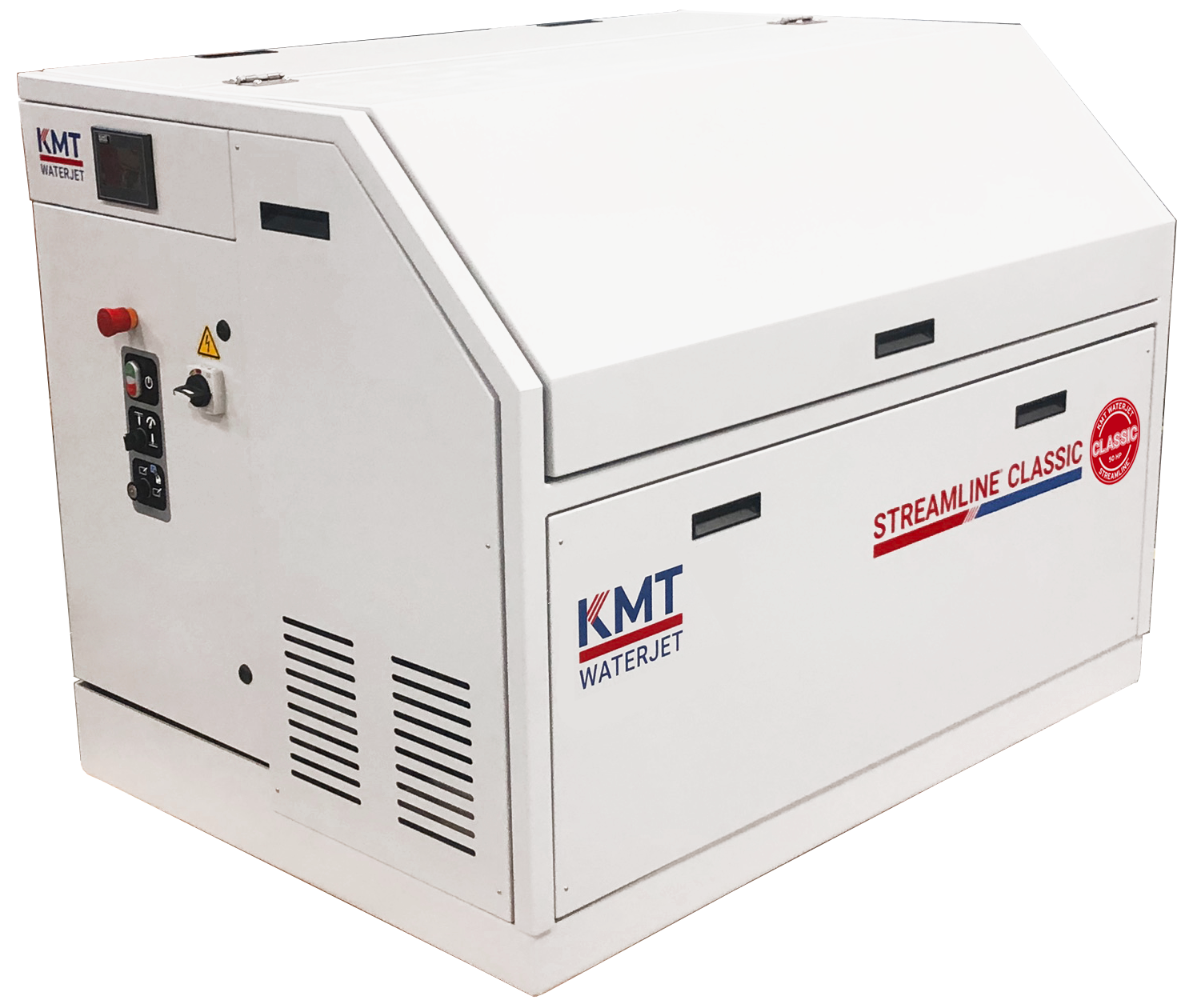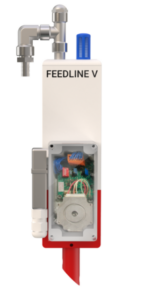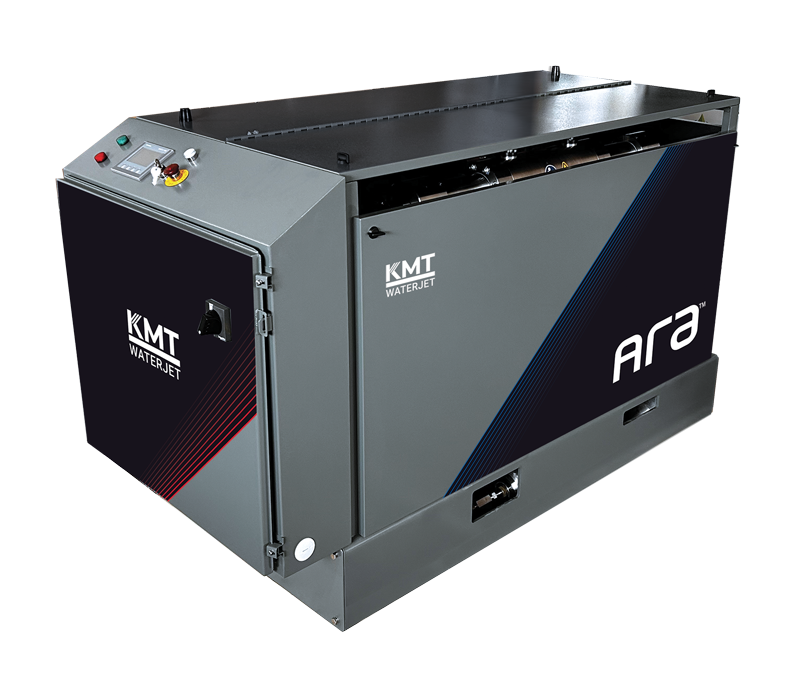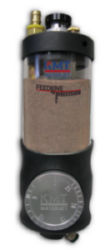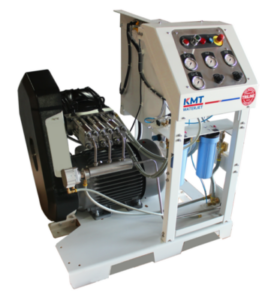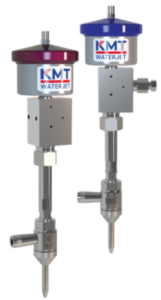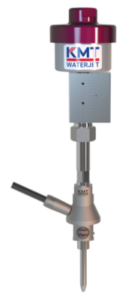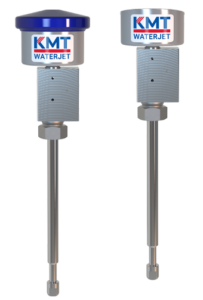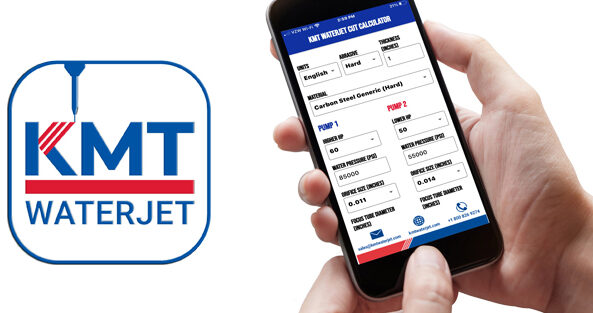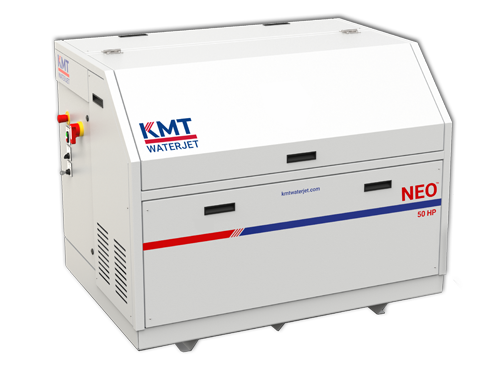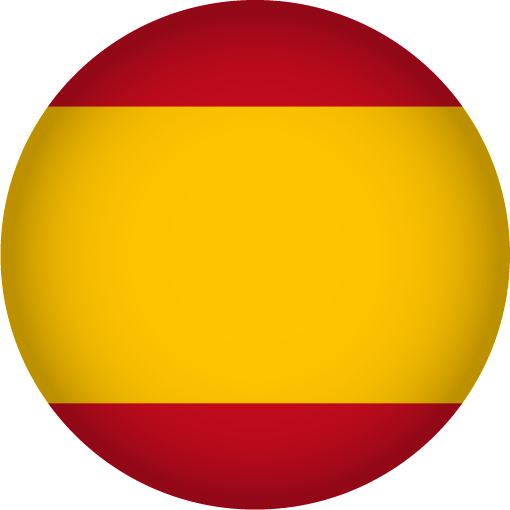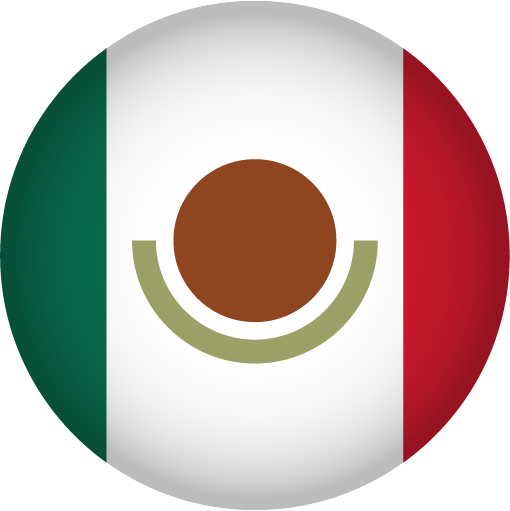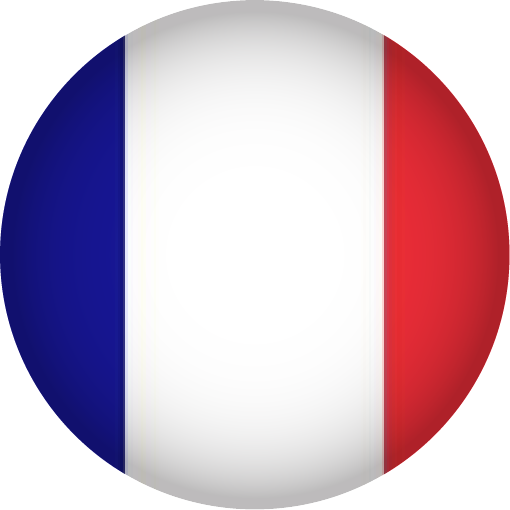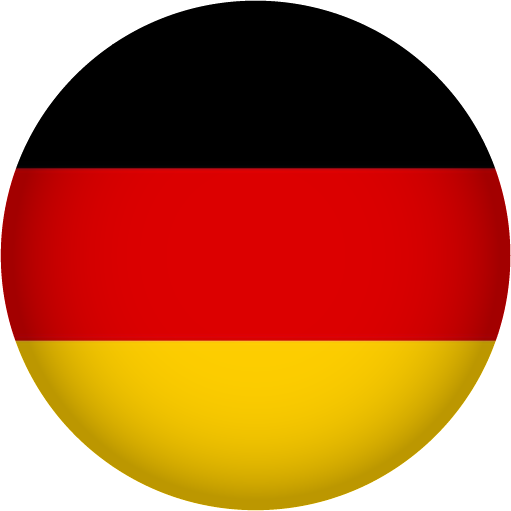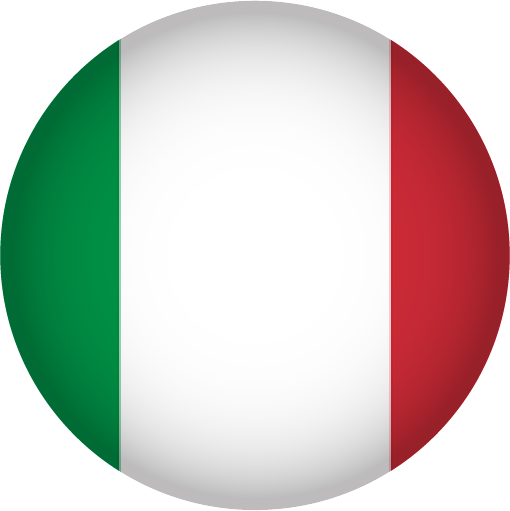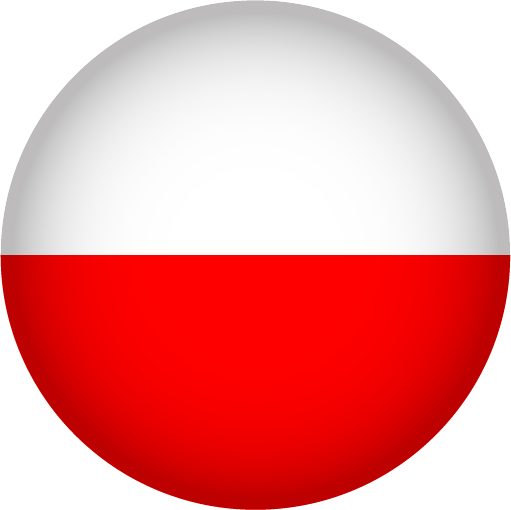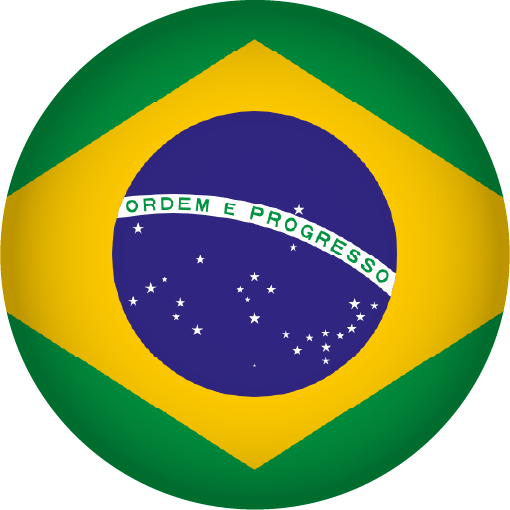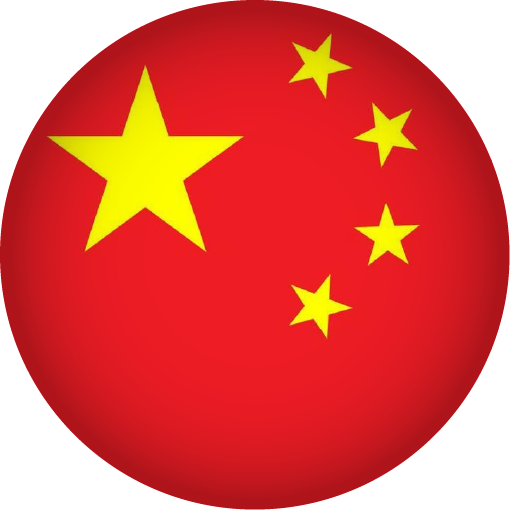We and selected third parties use cookies or similar technologies for technical purposes and, with your consent, for other purposes. You can consent to the use of such technologies by using the “Accept” button, by closing this notice, by scrolling this page, by interacting with any link or button outside of this notice or by continuing to browse otherwise.
- CUTTING SOLUTIONS
- PRODUCTS

COMPLETE SYSTEMS
KMT waterjet OEM partner machines are powered by KMT pumps ranging from 90,000 psi to 55,000 psi, with installations available in over 100 countries.

PRO 90,000 psi Pumps – World’s Fastest Waterjet
The KMT Streamline PRO® 90,000 psi Waterjet Pumps will significantly increase production by cutting in less time and use up to 50% less abrasive to produce the Lowest Cost Per Part! The PRO pump is available in three horse-powers for a wide range of cutting applications: 125, 60 and 50 HP

ADS Abrasive Hoppers
KMT Waterjet Systems ADS Series Abrasive Hoppers for Waterjet Machines are easily re-filled during the cutting process—no need to stop cutting! These hoppers are available in 2 sizes: 500 & 2,000 lb.

STREAMLINE® SL-VI 60,000 psi Pumps
KMT Waterjet SL-VI Pumps have decades of proven performance and are considered the Industry Workhorse! The SL-VI Series of pumps are available in: 15, 30, 50, 100 and 200 HP

500V Abrasive Hopper
Our 500 V Hopper precisely monitors the availability of sufficient abrasive closely during the entire cutting process and pneumatically transfers it to the onboard metering device.

KMT CLASSIC 60,000 psi Pump
The New STREAMLINE® CLASSIC Series employs long-stroke technology designed for ease of use, reliability and maximum uptime…Classic KMT with modern technology!

FEEDLINE V Abrasive Feeder
Optimized abrasive consumption for customized applications. Controlled through a central CNC controller or a potentiometer, the FEEDLINE V supplies the cutting nozzle with the optimized flow of abrasive, saving material and costs.

ARA™ 55,000 PSI PUMP
The Ara™ high-pressure pump meets all essential requirements for successful and seamless operation of a waterjet cutting system. The highly reliable intensifier design is one of the key features of the Ara™ pump and is one of the most successful and reliable KMT intensifier designs, called “HSEC”.

FEEDLINE PRECISION Abrasive Meter
The Feedline Precision Abrasive Metering System is an economical and reliable option for accurate delivery of abrasive to the cutting nozzle.

TRILINE® 55,000 psi Direct Drive Pump
The TRILINE® pump has an excellent cost of ownership value and can be used as a stand-alone unit for everyday cutting needs.

ATS Abrasive Removal Systems
Never shut down production for tank clean outs again. The all new ATS 2200 or 4400 is the perfect way to improve your waterjet operations.

IDE® Diamond Cutting Heads
The KMT Waterjet IDE® (Integrated Diamond Eductor) One-piece Assembly Cutting Head is rated for pressures up to 60,000 psi and 90,000 psi and is a waterjet nozzle breakthrough in simplicity & peak performance.

AUTOLINE® Cutting Heads
The self-aligning components of the KMT AUTOLINE® 60,000 psi and PRO 90,000 psi cutting heads provide true, perfect alignment to extend the life of focusing tubes and mixing chambers.

AQUALINE® Water-only Cutting Heads
PROVEN PERFORMANCE AT EXTREME PRESSURES! Our AQUALINE® pure water pneumatic valves have gained an industry-wide reputation for being among the quickest and the most reliable pure water cutting heads under extreme working conditions.

KMT CUT Calculator App
Compare 90,000 psi vs. 60,000 psi cutting and see how much faster you get the job done and at a lower cost per part! The KMT Waterjet Cut Calculator 2.0 App incorporates 25 materials, offers a wider range of substrate thicknesses, horsepower, orifice size, and abrasive rates.

NEO 60,000 psi Pump
The KMT Waterjet NEO Pump incorporates over 50 years of experience offering unparalleled waterjet cutting technological achievements.
- COMPLETE SYSTEMS
- ADS Abrasive Hoppers
- PRO 90,000 psi Pumps
- 500 V Abrasive Hopper
- SL-VI 60,000 psi Pumps
- FEEDLINE V Meter
- CLASSIC 60,000 psi Pump
- FEEDLINE PRECISION Meter
- NEO 60,000 psi Pump
- ATS Abrasive Removal Systems
- TRILINE 55,000 psi Pump
- IDE Diamond Cutting Head
- AUTOLINE Cutting Head
- AQUALINE Water-only Cutting Head
- Cut Calculator App
- APPLICATIONS/INDUSTRIES
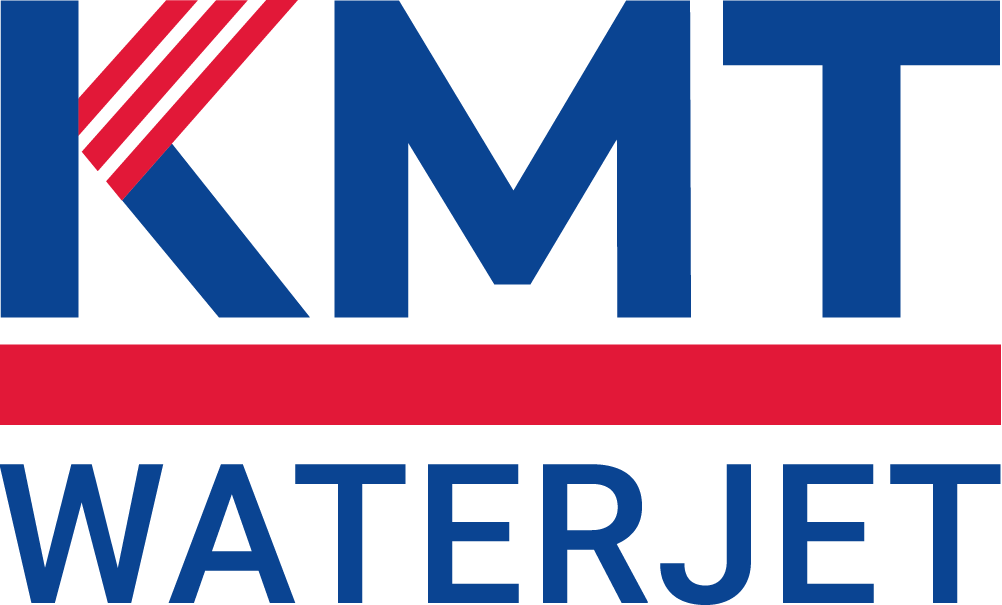
HELP CENTER
Contact form
KMT Waterjet has global offices to assist you in your region. Contact us using the following form, and the message will be forwarded to the local office which can provide the best support.
KMT Waterjet Products-The Most Versatile Cutting Technology
Since 1971, KMT Waterjet products, manufactured in the USA, have been leaders in designing new products for maximum productivity and extended performance. Along with our global network of OEM integrators, we focus on improving uptime and profitability at the lowest cost per part.
KMT WATERJET PRODUCTS-Most Versatile MACHINE TOOL
Recognized as leading waterjet pump manufacturer in the World, KMT Waterjet offers the broadest range of waterjet pumps from 90,000psi to 55,000psi.
Companies in a variety of industries have been using KMT Waterjet cutting products with great effectiveness since pioneering the first waterjet installation in 1971.
Thanks to its flexibility and reliability, no heat-affected zone, no secondary finishing, waterjet technology is suitable for both large nesting productions as well as small series and complex specialized applications. Every day, innovative companies are discovering new applications for waterjet cutting, extending their production capacities and increasing their efficiency and profits.
- How Pumps Work
- How Abrasive Waterjets Work
- The Cutting Head
- Pressure and Velocity
- Abrasive Usage
- Kerf Width
- Deciding the Right Pressure
During the initial two decades of waterjet cutting, relatively small increments in pump pressures up to 60,000 PSI were typical; during the last decade, pump pressures jumped to pressures of 90,000 PSI.
Modern abrasive waterjet machines use either an intensifier pump or direct- drive pump to generate the high pressures required to create a high-velocity cutting stream.
Intensifier pumps (see Figure 1) use hydraulics and what’s known as the intensification principle, as shown in Figure 2. This principle is similar to what is observed in a hydraulic press, where pressure times area, or P × A, is a constant.
Oil pumped into the hydraulic cylinder at low pressures pushes against the piston, which has a plunger connected to it. The area of the piston is 20 to 30 times the area of the end of the plunger. So the lower pressure over the larger area of the piston is converted to a higher pressure over the smaller area of the plunger. This generates water pressures ranging from 60 KSI to 90 KSI exiting from the check valve end of the cylinder.
Intensifier pumps are also referred to as constant-pressure pumps because of their ability to maintain the commanded pressure independent of the state the pump is in, be it stroking or idle. The idle condition is usually a result of the valve closing the flow as the head traverses between cuts or reaches the end of a cut.
Direct-drive pumps use a crankshaft to move plungers that pressurize water up to 60 KSI, very similar to how pressure washers operate. Direct-drive pumps, also referred to as constant-flow pumps, require careful control during idling to prevent over-pressurizing the system.

Figure 1: Intensifier pumps are also referred to as constant-pressure pumps because of their ability to maintain the commanded pressure independent of the state the pump is in.
Figure 2: The intensification principle can be described by the following equation: Oil pressure (low) × Piston area (big) = Water pressure (high) × Plunger area (small).
Abrasive waterjet cutting works on the principle of using high-pressure water generated by the pump to create a high-velocity stream through a jewel orifice. The jewel is the point where high-pressure water transitions to high-velocity water. This waterjet creates a vacuum in a mixing chamber where abrasive particles are entrained into the high-velocity stream. Through momentum transfer, abrasive particles accelerate to speeds close to that of the water stream and are refocused into a cohesive cutting stream through a focusing tube adjacent to the mixing chamber (see Figure 3 in next tab).
This mix of water and abrasive exiting the mixing tube is the visible cutting jet. In metals, the abrasive particles are responsible for the jet’s cutting ability, which occurs through erosion. In softer materials, high-pressure water contributes to the cutting action.
The orifice, mixing chamber, and mixing tube together constitute what is commonly referred to as the cutting head (see Figure 3). The cutting head’s design is critical. A worn head or inefficient head design can reduce maximum possible cutting speed by between 10 and 20 percent.
A cutting head that consistently shoots a jet from the orifice down the middle of the focusing tube (called alignment) coupled with efficient mixing-chamber design, ensures good cutting performance. The alignment also prevents the focusing tube from prematurely wearing and ensures energy is not wasted by the jet deflecting off the focusing tube’s interior wall.
To balance the head’s performance with operating life, the focusing tube’s inner diameter is usually recommended to be three times the diameter of the jewel orifice. For example, a 0.010-in. orifice would be coupled with a 0.030-in.-inner-diameter mixing tube. (Note: The terms mixing tube and focusing tube are used interchangeably in the waterjet industry.)
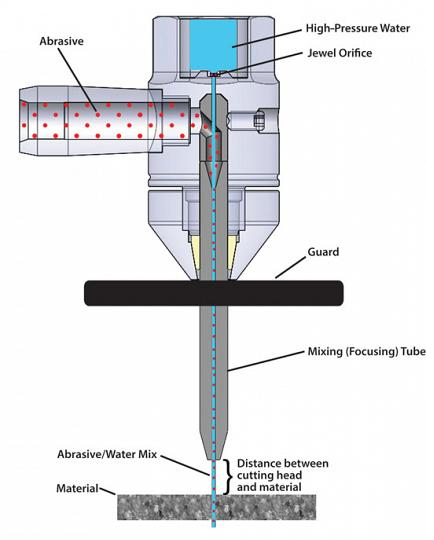
Figure 3: In a typical waterjet cutting head, abrasive particles accelerate to speeds close to that of the water stream and are refocused into a cohesive cutting stream through a focusing tube.
Does higher pressure translate to faster cutting speeds, lower cost per part, and consequently higher productivity? To answer this question, we first need to define some terms, including the available power of the jet. As defined by waterjet manufacturers, power can be represented in the following equation, where K is a constant, P is pressure, and A is the cross-sectional area of the orifice:
Power = K × P15 × A
From the equation it is clear that for a constant power, a higher pressure uses a smaller orifice size, and a larger orifice size will only support a lower pressure. For example, a 50-HP pump running at 60,000 PSI will run a maximum orifice size of 0.014 in. with a greater flow rate; using the same horsepower at 90,000 PSI will run a maximum orifice size of 0.010 in. with a reduced flow rate.
If both jets have the same power, where does the increased cutting speed potential factor in? The answer can be found by simplifying the equation further, dividing power by the cross-sectional area of the jet (A) to give us the power density (Pd). As before, K is a constant and P is pressure.
Pd = K × P15
Power from the earlier equation is dependent on pressure and volume, but power density is dependent only on the pressure the pump is generating and, by extension, the jet velocity.
Recall the physics of an abrasive waterjet operation. The abrasive particles are accelerated by the high-velocity water stream; the higher the jet velocity, the faster the abrasive particles exit the mixing tube, and the greater the power density.
This increased power density of the 90-KSI jet enables faster cutting speeds. Put another way, a higher pressure leads to a higher-velocity water stream, faster abrasive particles, and, ultimately, faster cutting.
Abrasive has significant influence on the operational efficiency of an abrasive waterjet and a major part of the operational cost. Typical applications use garnet as abrasive, which is alluvial (loose, as on beaches) or mined and chemically inert. 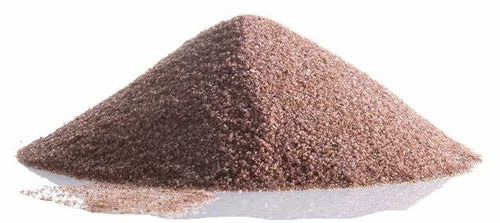
Abrasives are measured in mesh sizes, a reference to the processing screen sizes, with larger mesh numbers indicating finer abrasives. For example, 220 mesh has finer particles than 80 mesh. Cutting brittle materials like glass might require softer abrasives like olivine to prevent chipping and cracking, which is why it is important to match the abrasive to the application.
Every mesh number has a range (or distribution) of particle sizes, and care has to be taken in choosing a focusing tube to prevent clogging from oversized abrasive particles. As a general rule, the focusing tube inner diameter should be three times the size of the largest abrasive particle in the distribution.
A waterjet stream at a given pressure has a finite number of abrasive particles that can be added to it before the particles start getting in each other’s way. Too much abrasive reduces the momentum transfer efficiency and slows the cutting speed. This limit is commonly referred to as the peak loading ratio or maximum abrasive feed rate. The larger the orifice size and flow through the orifice, the greater the abrasive feed rate required to reach the maximum cutting power of the jet. This also factors into the overall cost per part. The more abrasive the process uses, the higher the cost per part.
Going back to the 50-HP example with the lower flow rate of the 0.010-in. orifice at 90 KSI, when the jet is at its peak loading ratio, the jet has maximum cutting power. For the same horsepower at 60-KSI pressure, the jet from the 0.014-in. orifice is still not at its peak loading ratio because of the higher flow rate. At 60 KSI, the process requires additional abrasive to reach its peak and, hence, more total abrasive usage, which affects the cost of the operation and the cost per part.
In summary, higher pressure leads to less abrasive required to reach maximum cutting power, which leads to less abrasive use and a lower cost per part.
An important part of any 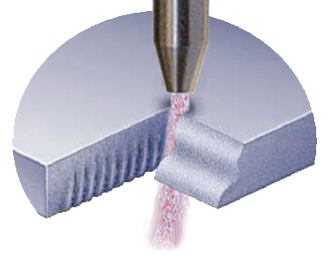 waterjet cutting conversation is the influence of kerf width. What is kerf width? In simple terms, it is the width of the material that is being removed during the cutting process. The larger the orifice, the wider the kerf.
waterjet cutting conversation is the influence of kerf width. What is kerf width? In simple terms, it is the width of the material that is being removed during the cutting process. The larger the orifice, the wider the kerf.
Especially when cutting expensive material, waterjet cutting a wide kerf really does not have any advantages. The high power density, small orifice, and narrow kerf of a 90-KSI system help control the abrasive waterjet around tight radii and corners. Adjustments can be made to lower-KSI waterjet systems with larger orifices, like reducing the ratio of focusing tube diameter to orifice diameter closer to 2.0—that is, a 0.014-in. jet would use a 0.030-in. focusing tube. This can, however, reduce the life of the focusing tube, since more abrasive particles come in contact with the tube walls during the refocusing function.
Higher pressures influence the ability of an abrasive waterjet to cut faster, but this question often is asked: Will higher pressures result in shorter maintenance cycles and decreased component life, increasing cost per part? It would, if you were running a pump designed for 60,000 PSI at 90,000 PSI.
A new generation of 90,000-PSI waterjet pumps are designed to operate at these ultrahigh pressures. The average component lifetimes on current 90-KSI pumps are comparable to component lifetimes on 60-KSI pumps, resulting in similar maintenance cycles, and waterjet pump manufacturers offer maintenance contracts. Though as with many new technologies, some 90-KSI waterjet pumps have limitations on the use of in-house or third-party providers for certain maintenance tasks.
That said, waterjet pump technology continues to march forward, and the pressure is on. The decision rests less on the pressure the pump has to be operating at, 60 KSI or 90 KSI, but more on how to operate the 90-KSI pump in tune with the shop’s productivity requirements.
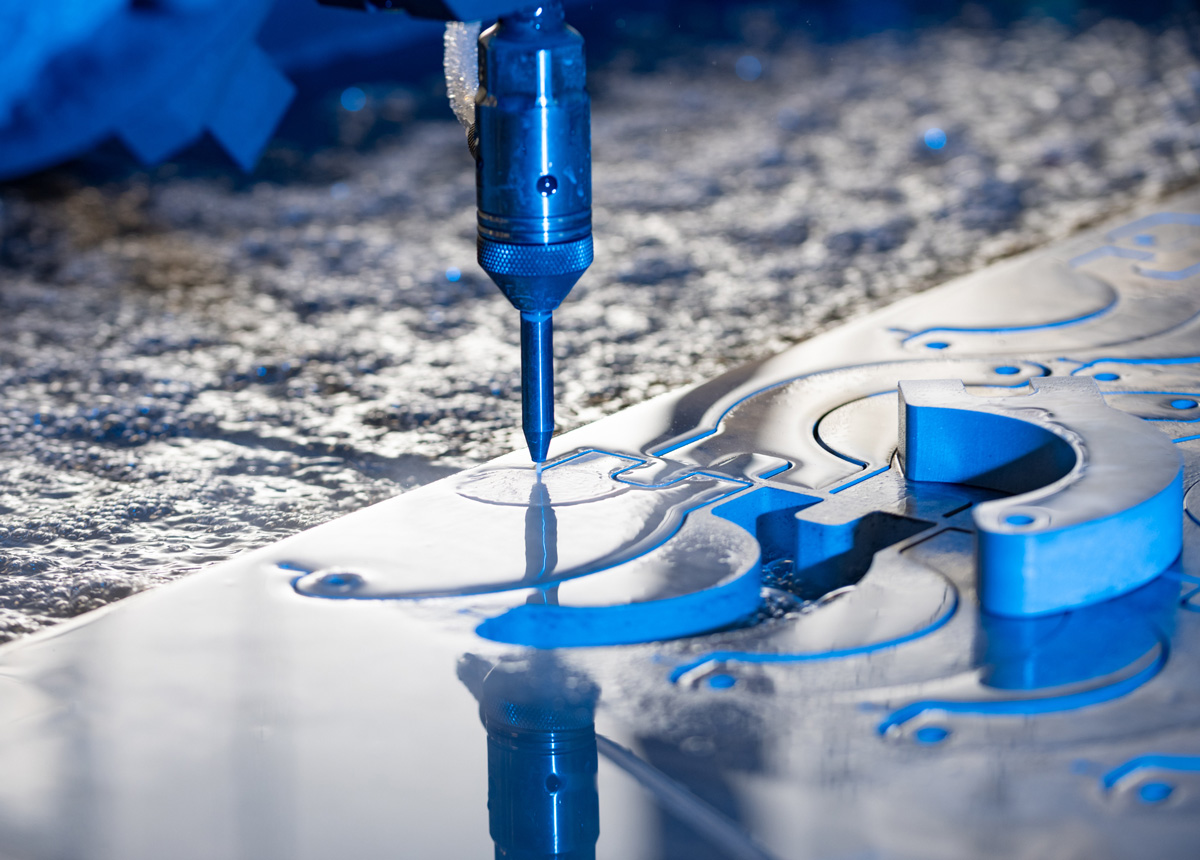
waterjet-Most Versatile MACHINE cutting TOOL
There are four critical factors that set waterjet cutting apart from other cutting methods:
• Versatility and flexibility
• High precision cutting without waste & eliminates most second operation finishing
• Ability to cut nearly all types of materials & thicknesses – from thin foils to 12″| 305 mm thickness
• Waterjet cutting combines with other processing methods: laser, saws, plasma cutting & punching
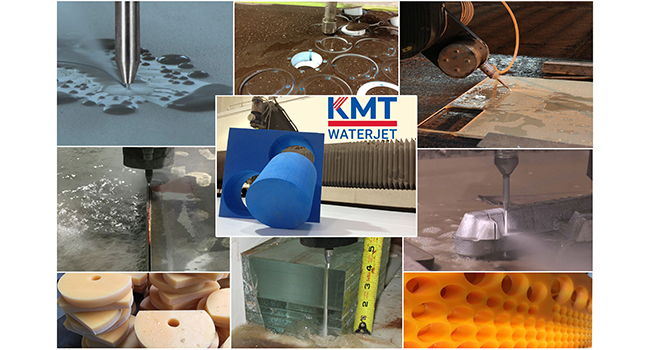
ADVANTAGES OF WATERJET CUTTING
• High Repeat Accuracy | Near Net Cutting
• Environmentally Friendly
• Small Cutting Width (Kerf)
• Better Material Utilization
• Cuts Multilayer Materials
• High Speeds for Most Materials
• Easily Adapted to Automation
• Contouring Systems
• Easy Programming w/Standard CAD/CAM Systems
• Multiple-axis Cutting Capability
• Allows Rapid Prototyping
• Minimal Fixturing Required
• Low Tangential Forces on Material
• No Heat Affected Zone
• No Stress Impact
• No Crushing of Material
• No Tool Sharpening
• No Dust, Fumes or Gases Released

INTENSIFIER PUMP PRINCIPLE
An electric motor drives an intensifier pump pressurizing the oil circuit of the intensifier, where the pressure is increased 20 times and fed into the system.
HIGH-PRESSURE PUMP TECHNOLOGY
The waterjet pump pressurizes water to thousands of pounds per square inch. It propels the pressurized water through the cutting head for emission at high velocities.
With such an important role to fill, the pump must be able to meet high usage demands and precision requirements.
The options include two variations of pumps to pressurize the water for cutting – Intensifier and Direct Drive.
Intensifier pumps operate with an electric motor driving a hydraulic pump that pressurizes the fluid circuit of the intensifier.
The pressure is then increased twenty-fold and transferred to the high-pressure water system to deliver consistent pressure up to 90,000 PSI.
Intensifier pumps are essential for precision cutting in industries like aerospace, automotive, and medical devices. They’re also vital for intricate tile and stone inlay work.
Direct drive pumps offer large volumes of high-pressure water. Their pressure ranges, however, are limited to 55,000-60,000 PSI | 3.800-4.100 bar, so direct drive pumps are best utilized in applications where cutting power without precise accuracy is required.

WATERJET CUTTING HEADS AND DIAMOND ORIFICES | Water-ONLY & Abrasive
Pure Water Cutting Heads
- Water is fed through specially designed pressure-proof flexible pipelines to the cutting head.
- The pure water-only cutting head consists of a pneumatically operated valve and a nozzle tube with a precious stone orifice, typically made of sapphire or diamond, at its outlet.
- The cutting jet exits the orifice at up to three times the speed of sound.
Abrasive Cutting Heads
- A special abrasive head is mounted on the water nozzle, where the abrasive is mixed with pressurized water.
- The movement of the cutting head is typically CNC-controlled through the waterjet cutting unit.
- Early detection of leakage points protects the orifice body, nozzle pipe, and nozzle nut from damage by indicating if connections need to be retightened or seals replaced.
- The unique design of the cutting head allows seals to be replaced in less than five minutes and without tools.
- The precision performance combined with easy maintenance of KMT Waterjet abrasive cutting heads offers unrivaled value.
- The simple design allows orifices to be changed in seconds without the need for any tools.

WATER-ONLY WATERJET SLITTING AND ABRASIVE WATERJET CUTTING APPLICATIONS
Waterjet Cutting with Pure Water
- A very popular use of water jet technology is for water-only cutting of soft materials such as plastics, textiles, paper, sealing materials, metal foils, plywood, and food.
- Normal filtered tap water is pressurized and forced through a small precious diamond jewel orifice, producing a highly powerful cutting jet.
- The cutting jet exits the orifice at a speed of up to three times that of sound.
- This jet can cut materials at high speeds, determined by the properties of the material.
Abrasive Cutting
- Abrasive cutting methods are used for hard materials such as metal, glass, minerals, concrete, glass composites, ceramics, aluminum, or silicone oxide.
- Garnet is added where pure water is unable to cut the material properly.
- In the abrasive cutting process, fine abrasive particles are added to the waterjet.
- In the cutting head, water, air, and abrasive are mixed together and forced through the focusing tube at high speed.
- The resulting high-energy jet is capable of micro-eroding, drilling, and cutting materials of up to 18″ thick titanium and aluminum, thicknesses as well as metals, ceramics, rock, and bullet-proof glass.

Welcome to KMT Waterjet. To continue, please select a language from the options below.

HELP CENTER
Contact form
KMT Waterjet has global offices to assist you in your region. Contact us using the following form, and the message will be forwarded to the local office which can provide the best support.
